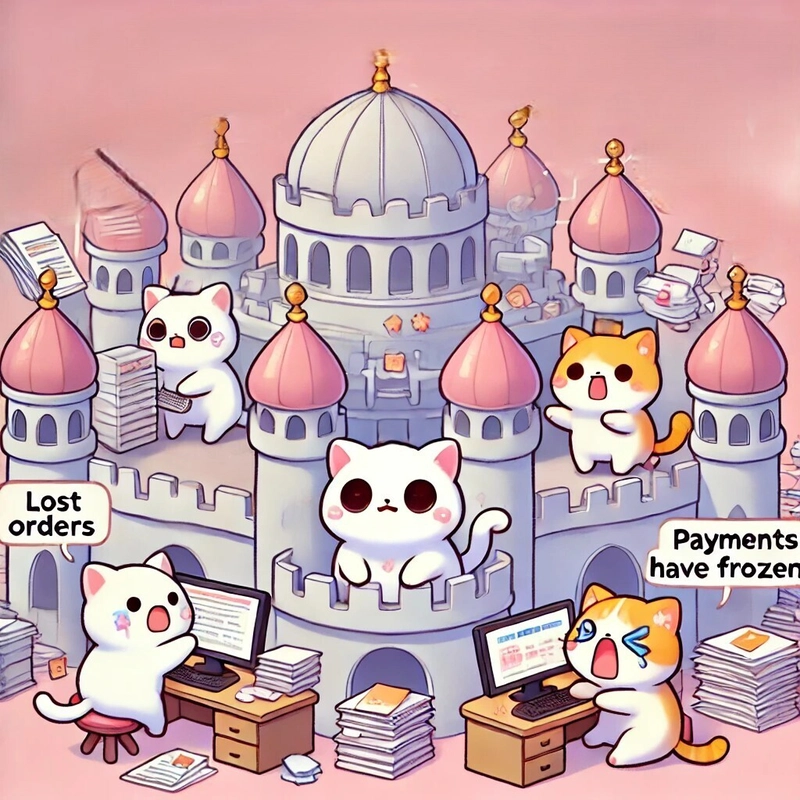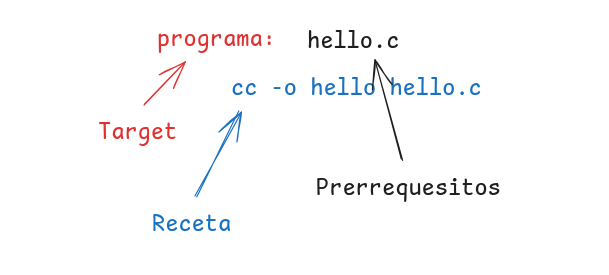The Tech Stack of a Cloud Computing Startup
At Sliplane.io, we’ve put together a tech stack that gets the job done — fast, reliable, and most importantly, easy to maintain and operate. Here’s a quick rundown of what we’re working with, from frontend to backend and everything in between. Frontend For the frontend we're going a bit against the grain of current webdev trends and bet on Nuxt (of course with Typescript and Tailwind) as our framework of choice. This is mostly because Lukas (the co-founder) is a long-term Nuxt.js fan and sponsor! Of course, the frontend is completely hosted on sliplane for proper dogfooding, with Cloudflare as a CDN in front because script kiddies like to test their DDOS scripts on us :). Observability To keep tabs on what’s happening, we use Axiom for logs and Grafana for dashboards and alerts. We pipe all of our logs from most services straight into Axiom and have some pre-defined filters there that help us understand whats going on. With Grafana we have a bunch of custom dashboards that help us triage issues, and more importantly, alert us if some metrics are looking off. Without Grafana, Sliplane could not exist! Data Persistence I (Jonas) am not the biggest fan of data management and database operations, so we try to keep this simple. Our main database is Postgres, with the Timescale extension for analytics stuff. Postgres and Timescale has been absolutely amazing so far. We've scaled far beyond what I thought would be possible and had to do basically 0 optimizations, even though our entire analytics stack with hundreds of millions of rows is all in Postgres! Oh and of course, Postgres is also hosted at Hetzner. Redis handles caching to keep things quick, and we stash blobs like Backups (encrypted at rest of course) in Backblaze for cheap, dependable object storage. Fun fact: At backblaze we pay more for S3 transactions (so API requests) than the storage. There is probably some optimization potential there
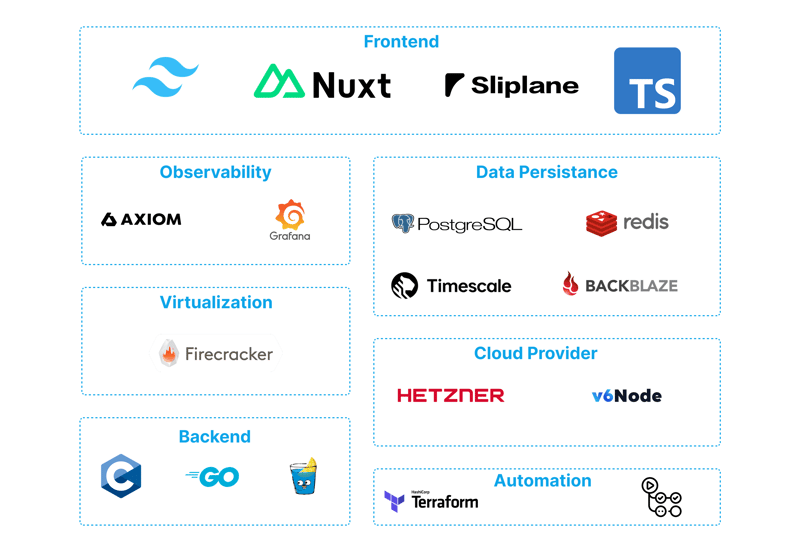
At Sliplane.io, we’ve put together a tech stack that gets the job done — fast, reliable, and most importantly, easy to maintain and operate.
Here’s a quick rundown of what we’re working with, from frontend to backend and everything in between.
Frontend
For the frontend we're going a bit against the grain of current webdev trends and bet on Nuxt (of course with Typescript and Tailwind) as our framework of choice. This is mostly because Lukas (the co-founder) is a long-term Nuxt.js fan and sponsor! Of course, the frontend is completely hosted on sliplane for proper dogfooding, with Cloudflare as a CDN in front because script kiddies like to test their DDOS scripts on us :).
Observability
To keep tabs on what’s happening, we use Axiom for logs and Grafana for dashboards and alerts. We pipe all of our logs from most services straight into Axiom and have some pre-defined filters there that help us understand whats going on. With Grafana we have a bunch of custom dashboards that help us triage issues, and more importantly, alert us if some metrics are looking off. Without Grafana, Sliplane could not exist!
Data Persistence
I (Jonas) am not the biggest fan of data management and database operations, so we try to keep this simple. Our main database is Postgres, with the Timescale extension for analytics stuff. Postgres and Timescale has been absolutely amazing so far. We've scaled far beyond what I thought would be possible and had to do basically 0 optimizations, even though our entire analytics stack with hundreds of millions of rows is all in Postgres! Oh and of course, Postgres is also hosted at Hetzner.
Redis handles caching to keep things quick, and we stash blobs like Backups (encrypted at rest of course) in Backblaze for cheap, dependable object storage.
Fun fact: At backblaze we pay more for S3 transactions (so API requests) than the storage. There is probably some optimization potential there













































































































































































![[The AI Show Episode 142]: ChatGPT’s New Image Generator, Studio Ghibli Craze and Backlash, Gemini 2.5, OpenAI Academy, 4o Updates, Vibe Marketing & xAI Acquires X](https://www.marketingaiinstitute.com/hubfs/ep%20142%20cover.png)













































































































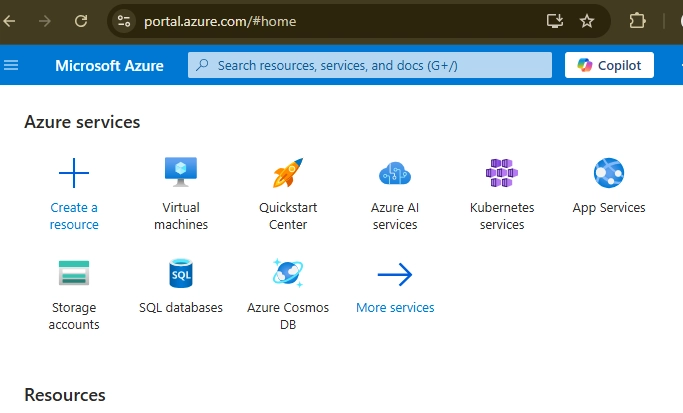
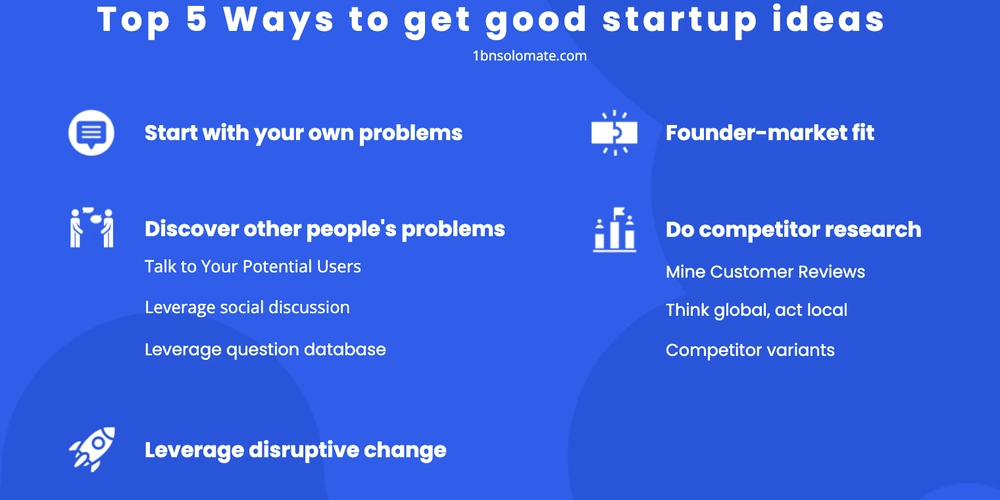











![[FREE EBOOKS] The Kubernetes Bible, The Ultimate Linux Shell Scripting Guide & Four More Best Selling Titles](https://www.javacodegeeks.com/wp-content/uploads/2012/12/jcg-logo.jpg)



![From drop-out to software architect with Jason Lengstorf [Podcast #167]](https://cdn.hashnode.com/res/hashnode/image/upload/v1743796461357/f3d19cd7-e6f5-4d7c-8bfc-eb974bc8da68.png?#)






































































































.png?#)





.jpg?#)































_Christophe_Coat_Alamy.jpg?#)







































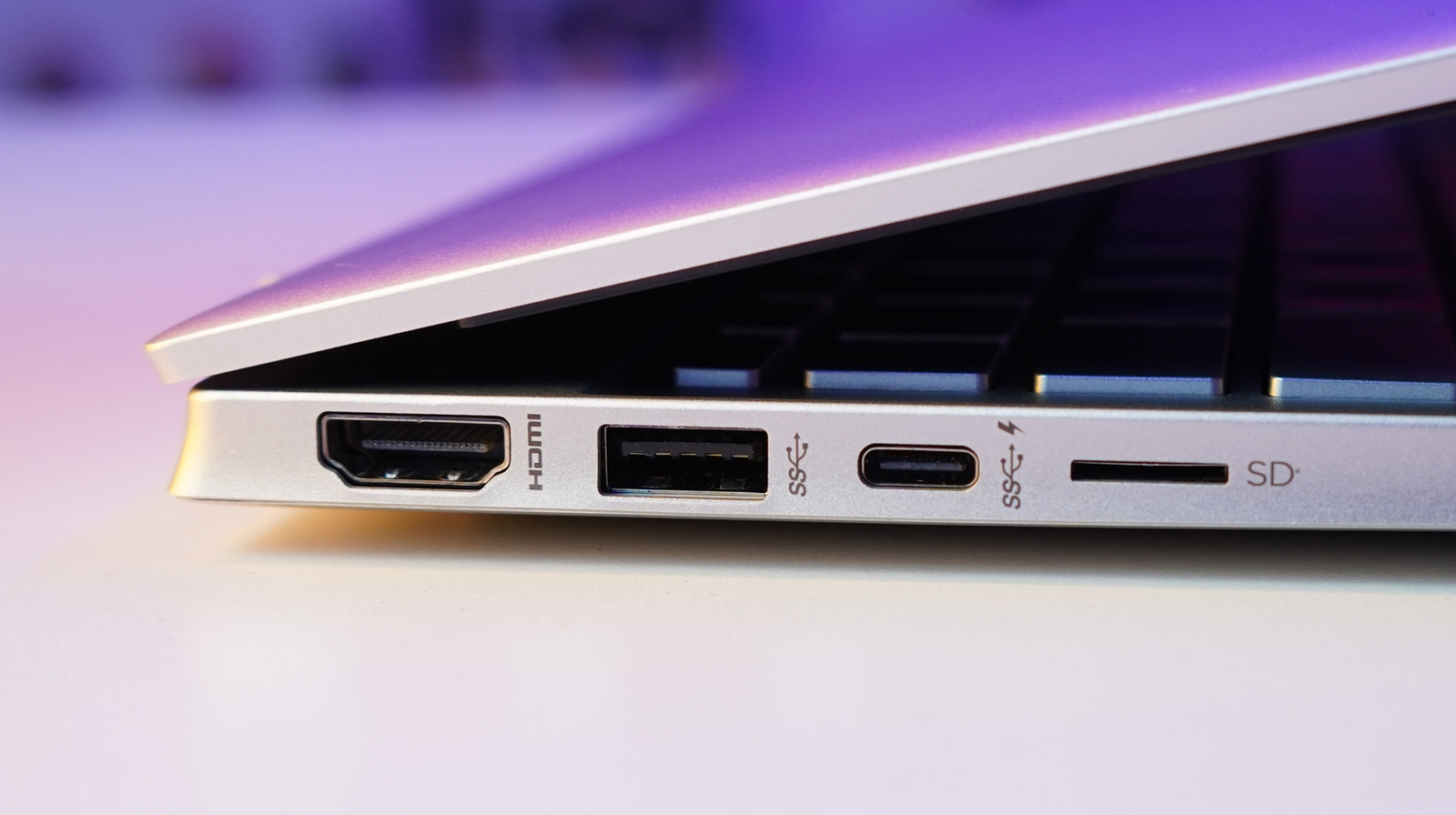
































































![Rapidus in Talks With Apple as It Accelerates Toward 2nm Chip Production [Report]](https://www.iclarified.com/images/news/96937/96937/96937-640.jpg)





































































































































